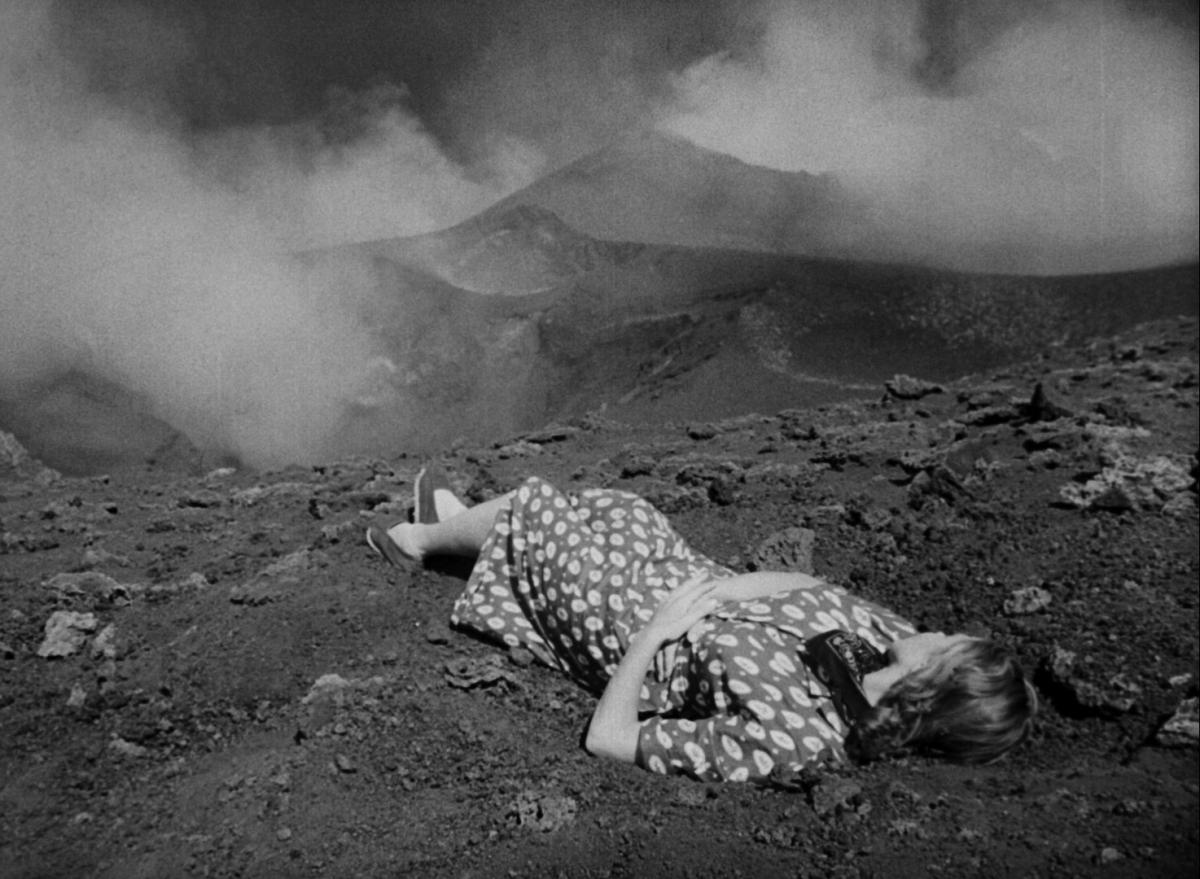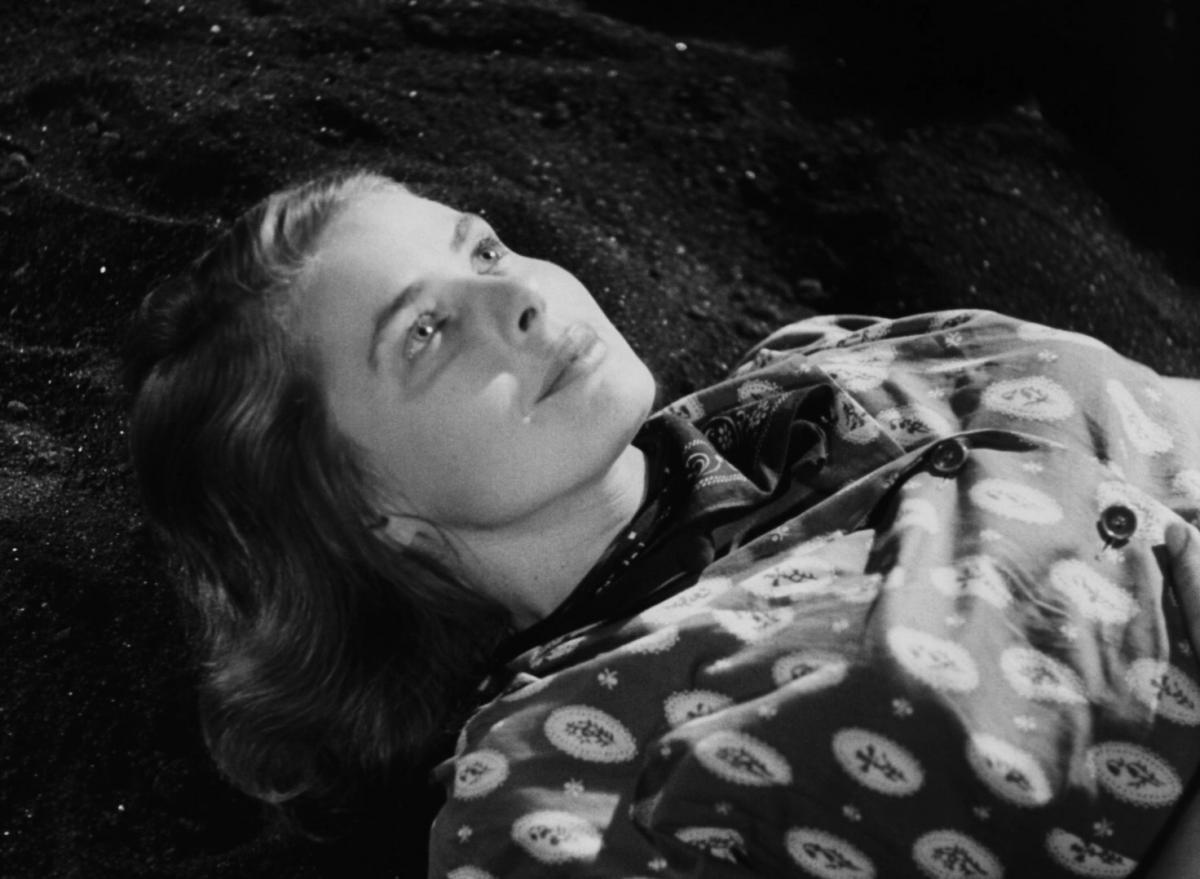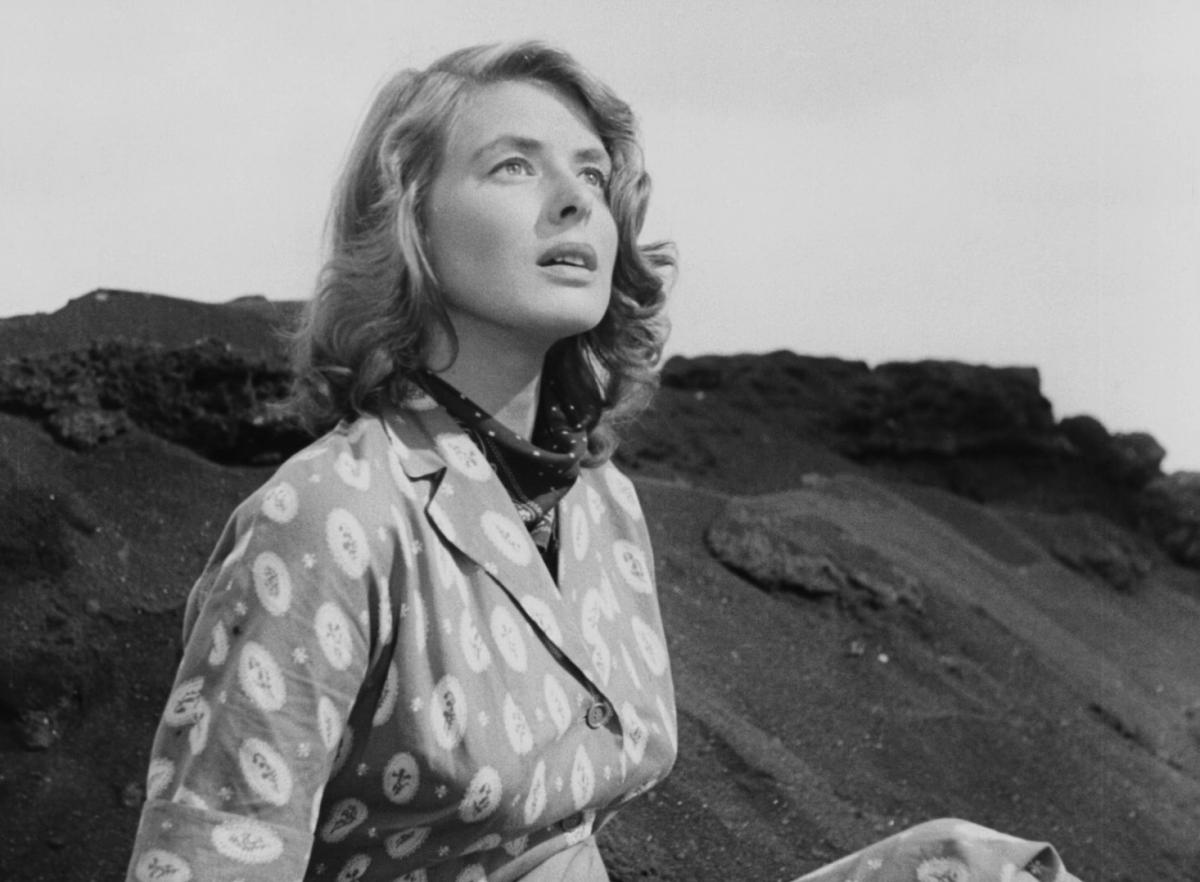The Classic Film Body
That something has changed is apparent, at least for me, from the caution with which I surround my increasingly rare visits to the cinema today. The relationship of trust is gone; my expectations no longer match the offerings. So I am not surprised by the hypothesis that there is something fundamentally new at stake in film. That this novelty has to do with the body seems obvious to me. For me, film has long been first and foremost the bizarre art of showing and looking at bodies, the art of inventing hundreds of ways in which emotions and consciousness become bodily visible. Film is narration through bodies rather than images. Images are at the service of those bodies, are draped around those bodies, filled with bodies, carried by bodies. When film changes, it does so in what I call “the image body”, which is what is at stake in any rearrangement. In case of radical change (as with the introduction of sound film), everything is rearranged around that body: different lighting, a different frame, a different way of cutting images together, a different diegetic space, but also a different way of placing the spectators around that body, a different way of giving them a place in the image. In short, it is an entire chain of quasi-contractual relations that suddenly changes.
It is only when this body has changed that it becomes possible to contemplate the earlier body, which has been put out of action. Only then does the classic film body become visible, nameable because it is no longer self-evident. Study demands the absence of what is studied. Enthusiastic reflection, but at the same time a mourning process. In its evocation, what is remembered hears its own ebbing away.
When film changes, the old becomes visible – in the new, opposite the new, from the new. The two are diametrically opposed and yet fundamentally connected. Knowledge of one is only possible through knowledge of the other, and vice versa. Knowledge of the old in turn allows knowledge of the new. The conflict seems fruitful.

Old and New
To weigh the new image against the old one, I am restricting myself to two aspects: the affective distance between the image and the spectator and the type of credibility peculiar to the new image.
About this distance: the video and television image is intended for practical, close-up, intimate and careless use. It is a piece of furniture filling the house, not a collective phenomenon. The cinema was a temple, the film a moment of adoration, a fundamentally elevating event. Everyone knows the distinction: one looks up at the screen in the cinema, one looks down at the screen of video and television. That looking down has to do with the simple placement of the screen across from the viewer, but the difference in spatiality is also already saying something about affect and its grammar. That spatial arrangement literally and figuratively determines a relationship.
Because of the condescending relationship, a kind of countermovement occurs from the side of the screen: a provocative revenge. Between television and the audience, there is distrust, disdain, deep and fundamental animosity. The classic film body offered itself without reserve, generous, revealing, obscene (if you like), to the generous, receptive, naive (if you like) spectator. The new film body is modelled on the condescending attitude towards television; it is frugal with its outpourings, suspicious of its own vulnerability, distrustful of the spectator. The new film body, unlike the classic film body’s uniformity, is complex, layered, split and fundamentally unhappy with that.
There is a second dimension to the new film’s radical difference from the old one: the kind of image we see on the screen. In the first hundred years of the medium’s history, it was a photographic image. There was an analogy between the image and what was depicted due to the photographic printing technique of both photography and film. The images were created in a camera, a black box that did not involve the hand of a creator. The new image, which is electronic and thus manipulable in the depth below what is visible, no longer has ontological evidential force: it is a fundamentally manipulated and constructed image. It is a trick, no longer an appearance: the spectators have a playful, noncommittal relation to this image body. How would they invest themselves in it? It is a noncommittal screen appearance! What could they gain from investing as spectators? Surely they can only be deceived! The great classic film bodies, those of glamour and Method, of neorealism and modern improvisation, Eisenstein’s attraction-body and the fascinating document-body of cinéma vérité, all rely on that overwhelming ontological credibility, which was indubitable. That doubt has effortlessly and harmlessly become our new certainty.

The Classic Film Body
The classic film body is carried by a kind of relationship of faith between the image and the spectator, and it supports that relationship. This regime of faith gives the film body impressive room for expansion – how reckless and boundless that body seems!
It explores the space of the spectator relationship in all directions. The playing around this regime is endlessly varied: from the playing in comedies and melodramas to Astaire’s improbable dancing and Hitchcock’s stiff model. It is so very different each time, and that difference is an essential part of film history and culture, determining its likes and dislikes. The body that has to play in this regime of faith is of course supported in this by the direction, mise-en-scène and montage. Yet, above all, the body itself must embody this complex game of credibility. As spectators, we unconsciously but very intensely co-experienced the pleasure of that game for a hundred years. The body did not primarily play a role – action and emotion – but above all played a game with that credibility. The body was not present in a depicting way but it created being: it made the spectator and the image be a certain way. Watching this image body, the spectator went through all movements of faith of acting. When that faith in the image, and thus in the body that is seen in that image, is lost, the relationship to the film image fundamentally deteriorates. The spectators no longer engage their “being” but only the ability to receive information. That information is not subject to questions of faith. From now on, what occurs on the new screen is a fact without references to anything whatsoever. That is simply the consequence of the possibility of image manipulation. The image is no longer the result of an engagement of reality in the filming and therefore no longer demands an engagement from the viewer. It even excludes that engagement.
The one-dimensional flatness of contemporary actors, of the image body they help create, deprives cinema of an essential dimension. That lack, however, is compensated for. After all, why go to the cinema if there is nothing left to experience? The actor slides away from the centre of the film image to the position of instrument or (raw) material of the image, like food to be masticated. It is essential that actors can be worked in and by the new film image. Their metamorphosis is central (but it is not the actors who are metamorphosing, but rather the image that is metamorphosing through them). The new actor must be recomposable – which is by the way an ancient and fundamental dream of the entire film history and its fascination with all kinds of trickery (montage being the first and most crucial of all tricks). Although the montage that sets image against image is just an old-fashioned primal form of trickery that intervenes in the image, in its physical continuity.
The classic film body is essentially expressive: it concerns emotions. Emotions presuppose a complex landscape of the internal and the external, of behaviour and reaction, as well as a fixed link between the two. Differentation in this makes up the individuality of a character, the style of an actor. In the new body, however, emotion is not a lived category but a programmed one, less an inner than an outer characteristic. Emotions are of the same order as hair colour, thumbprint, DNA structure: they are not what you are, but what can betray you. You have them because you belong to the species, but at the same time they are your handicap. This particularity makes you less interchangeable and therefore less flexibly employable. The current film body says “I” by way of computer arrangement. No unique way of being is constructed around such an “I” anymore – certainly not by the psychological patterns used to construct positions into persons. The “I” has literally become a pure shifter; it belongs to nobody.
The most interesting question is nevertheless: what will film look like without emotions in their classical function? How do you show a character in which the “I” no longer fulfils a grammatically orienting function? After all, all classic film language revolves around the construction and exploitation of that “I position” in the image body. That is where all the threads of scenario, direction, acting, montage and spectators converge. That is what the spectators talk about afterwards, what they identify with, what they sympathise with, what entices them into moral judgements and statements.
Inevitably, such a new film construction has far-reaching consequences for the film language, for the construction of the image. The question of those consequences can activate viewing, trace a new kind of attention, send reflection back to the concrete film material. The question forces the radically new-seeming film to account for its ways of being and doing – before the century-old tribunal of film history, until further notice. After all, these are the new tenants of a respectable house. The testates of La Maison Cinéma have every reason to ask about the young tenants’ intentions. If only for the sake of form.

This article was originally published as ‘Het klassieke filmlichaam‘ in Skrien, jubileumnummer, September 1993.
Images from Stromboli (Terra di Dio) (Roberto Rossellini, 1950)
This translation was published by courtesy of Reinhilde Weyns and Bart Meuleman.
With the support of LUCA School of Arts, LUCA.breakoutproject.

